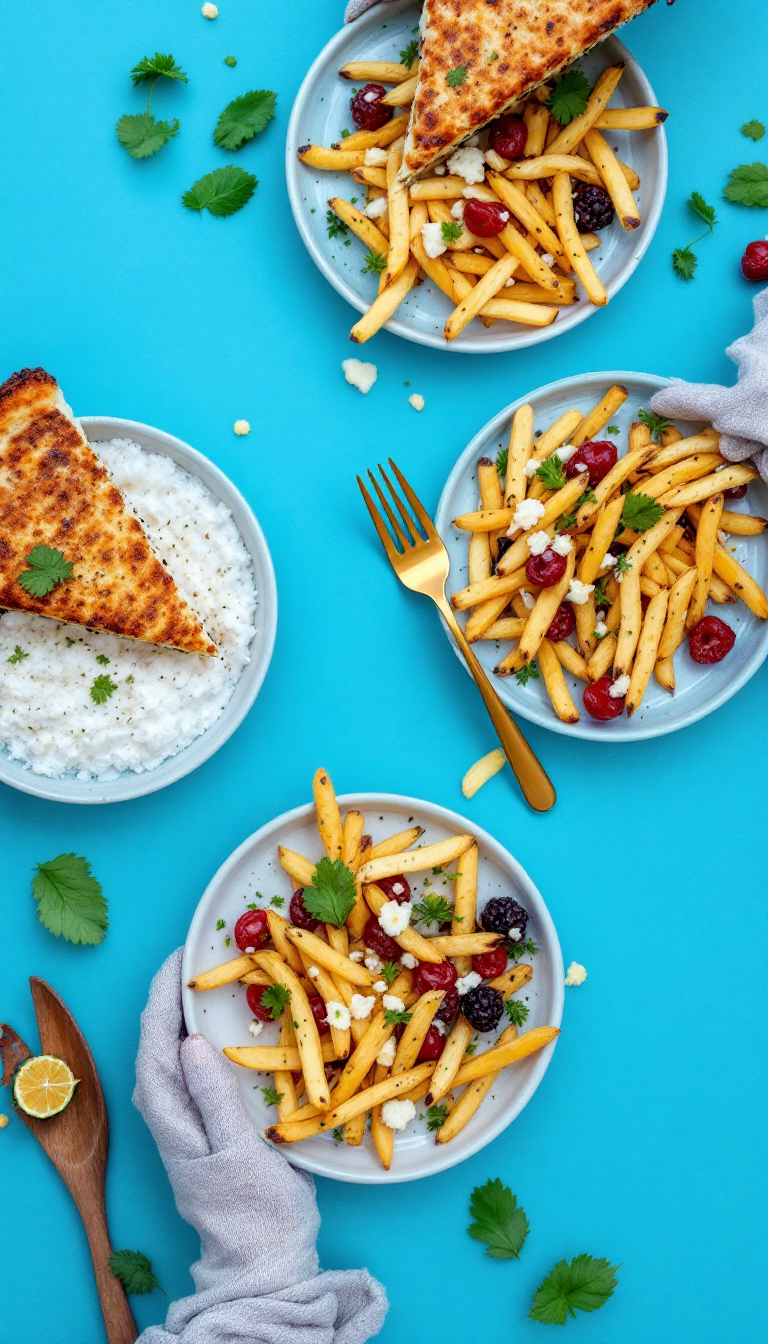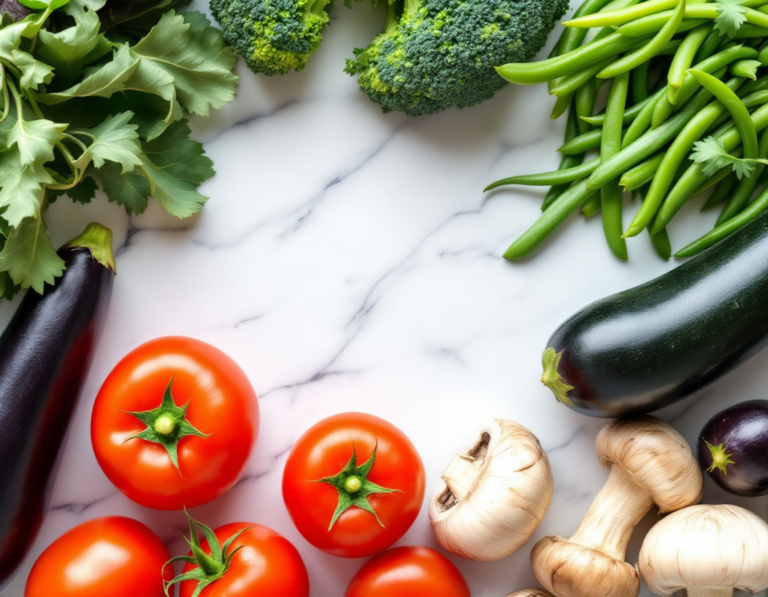
Starting a keto journey can feel overwhelming, but it doesn’t have to be. These easy, lazy keto recipes are perfect for beginners looking to keep things simple and delicious. Whether you’re short on time or just want to ease into low-carb cooking, these dishes offer a stress-free way to enjoy satisfying meals without the fuss. Get ready to discover how effortless and tasty keto can be!
Steps
- Begin by identifying your daily caloric intake and calculate 10% of that to determine your carbohydrate limit for the lazy keto diet. Focus on eating whole, nutrient-dense foods that contain healthy carbohydrates within this limit.
- Incorporate a variety of proteins such as meat, poultry, fish, seafood, and eggs into your meals. Include dairy products like Greek yogurt and cheese, as well as healthy oils such as olive oil and avocado oil.
- Prioritize non-starchy vegetables, including leafy greens, broccoli, green beans, zucchini, eggplant, tomatoes, and mushrooms. These should make up a significant portion of your meals to ensure adequate nutrient intake.
- Choose healthy carbohydrate sources within your limit, such as whole grains, pulses, and starchy vegetables. For example, incorporate small portions of bread, rice, or potatoes as part of your meal plan.
- Avoid refined carbohydrates and foods with added sugars, such as white pasta, bread, pastries, and sugar-sweetened beverages. Also, steer clear of packaged foods high in refined grains or added sugars.
- Plan meals that align with the lazy keto guidelines, such as scrambled eggs with vegetables for breakfast, roast salmon with salad for lunch, and chicken with non-starchy vegetables for dinner.
- If desired, include a low-carb dessert option like fresh berries with unsweetened Greek yogurt. This can provide a satisfying end to a meal without exceeding your carbohydrate limit.
- Monitor your food choices to ensure they support your health and nutritional needs. Consider consulting a healthcare professional or dietitian to tailor the lazy keto diet to your individual requirements.

Ingredients
- Eggs (for scrambling)
- Spinach
- Tomatoes
- Mushrooms
- Salmon fillet
- Salsa verde
- Mixed salad greens
- Chicken breast
- Broccoli
- Green beans
- Sweet potato (small)
- Fresh blueberries
- Unsweetened Greek yogurt
FAQ
- What is the lazy keto diet?
- The lazy keto diet is a simplified version of the traditional keto diet. It mainly requires individuals to limit their carbohydrate intake to 10% or less of their daily calories, without the need to meticulously track fat and protein consumption.
- How does lazy keto differ from the traditional keto diet?
- Unlike the traditional keto diet, which demands strict adherence to specific macronutrient ratios (55–60% fat, 30–35% protein, and 5–10% carbohydrates), the lazy keto diet only focuses on reducing carbohydrates, making it less restrictive and easier to follow.
- What are the potential benefits of the lazy keto diet?
- The lazy keto diet can aid in weight management and health improvement by encouraging individuals to replace refined carbohydrates and sugary foods with more nutritious, lower-calorie options. It may also help some people achieve a calorie deficit, which is essential for weight loss.
- Are there any drawbacks to the lazy keto diet?
- One major drawback is that the lazy keto diet might not always lead to ketosis, which is a key factor in the effectiveness of the traditional keto diet for weight loss. Additionally, the lack of focus on macronutrient balance could result in nutritional deficiencies if not managed carefully.
- What foods are recommended or discouraged on the lazy keto diet?
- Recommended foods include meat, poultry, fish, eggs, dairy, healthy oils, and non-starchy vegetables. Healthy carbohydrates, such as whole grains, pulses, starchy vegetables, and certain fruits, can be consumed within the 10% carb allowance. Foods to avoid include refined carbohydrates, added sugars, sugary drinks, and high-carb processed foods.
Tips
- Focus on Nutrient-Dense Carbs: When following a lazy keto diet, ensure that your carbohydrate intake, which should be 10% or less of your daily calories, comes from nutrient-rich sources like whole grains, pulses, and starchy vegetables.
- Prioritize Vegetables and Fiber: To maintain a balanced diet, incorporate plenty of non-starchy vegetables and dietary fiber. This helps promote gut health and prevents potential deficiencies arising from restrictive dieting practices.
- Be Mindful of Protein Intake: While lazy keto is less strict about macronutrient tracking, consuming too much protein can hinder ketosis. Aim for a balanced intake to maximize the potential benefits of the diet.
- Consult a Healthcare Professional: Before starting the lazy keto diet, particularly if you have a health condition or are on medication, consult with a healthcare provider to ensure the diet is suitable for your individual health needs.
Equipment
- Nonstick Frying Pan – Useful for making scrambled eggs and other stovetop cooking.
- Salmon Roasting Pan – Suitable for roasting fish or chicken in the oven.
- Blender or Food Processor – For making sauces like salsa verde.
- Spiralizer – If you want to make vegetable noodles as a low-carb alternative.
- Instant Pot or Slow Cooker – For cooking meats or vegetables more conveniently.
- Digital Kitchen Scale – Helpful for portioning foods, especially if monitoring carb intake closely.
- Air Fryer – For healthier cooking with less oil.
- Meal Prep Containers – For storing and organizing meals if preparing in advance.
